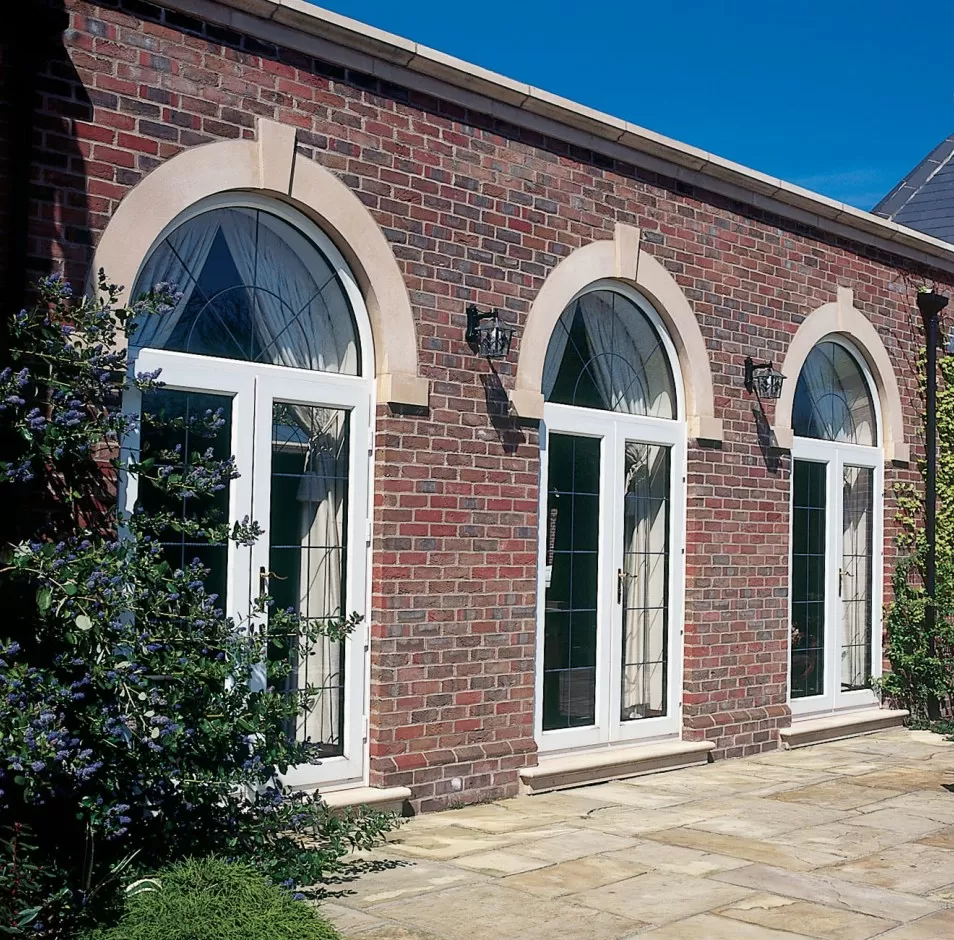
French Door Naintenance Tips
Add a review FollowOverview
-
Founded Date March 17, 1977
-
Sectors Security
-
Viewed 27
Company Description
10 Misconceptions Your Boss Has About French Door Installation
A Comprehensive Guide to French Door Installation
French doors are a popular architectural feature that includes elegance, design, and functionality to any home. These doors not just develop a seamless shift between indoor and outdoor spaces however also boost natural light, making a space feel more roomy. This post will direct property owners through the French door installation process, supplying essential tips, detailed guidelines, and answers to often asked questions.

What Are French Doors?
French doors normally consist of a pair of doors that are hinged on either side and open outside or inward, creating a broad entryway. They include big glass panels and are frequently used to connect an interior space to the patio or garden. Property owners value their visual appeal and performance, as they can present fresh air and light into the home.
Tools and Materials Needed for Installation
Before beginning the installation of French doors, it is necessary to collect the essential tools and products. Here’s what you will require:
Tools:
- Measuring tape
- Level
- Hammer
- Screwdriver
- Drill
- Circular saw (if cutting is needed)
- Pry bar
- Caulking gun
- Security glasses
- Stud finder
Products:
- French door system (pre-hung)
- Shims
- Wood screws
- Exterior door hinges
- Weather stripping
- Trim molding
- Paint or stain (if preferred)
Step-by-Step Installation Guide
The process of installing French doors can be broken down into a number of essential actions.
1. Preparation
- Select the Right Doors: Ensure that the French doors you have selected fit the opening.
- Eliminate Old Door: If changing an existing door, use a pry bar to eliminate it and take out any trim.
- Tidy the Door Frame: Ensure the frame is tidy and devoid of particles for a much better fit.
2. Step the Opening
- Check the Dimensions: Measure the height and width of the door locksmith opening to confirm it aligns with the French door unit requirements.
- Look for Level: Use a level to guarantee the opening is even. If it is not, modifications may need to be made.
3. Install the Door Frame
- Position the Frame: Place the French door frame into the opening, guaranteeing it is level both horizontally and vertically.
- Insert Shims: Use shims to secure the frame. Place them at the hinge areas and along the lock side.
- Protect the Frame: Once the frame is level and plumb, attach it to the existing structure with wood screws through the frame into the wall studs.
4. Attach the Doors
- Install Hinges: Depending on the model, connect the hinges to the side of the frame and the doors.
- Hang Doors: Lift each door into location and secure it with screws.
- Evaluate the Operation: Open and close the doors to guarantee they move smoothly without rubbing against the frame.
5. Include Weather Stripping
- Seal Gaps: Install weather removing around the door trim to prevent drafts and improve energy efficiency.
6. Finish the Installation
- Add Trim: Attach trim molding around the door frame for a refined look.
- Paint or Stain: If desired, paint or stain the doors and trim to match the existing decoration.
7. Check and Clean
- Final Check: Ensure all screws are tight and the door operates properly.
- Tidy Up Debris: Remove any tools and particles from the workspace.
Advantages of Installing French Doors
- Increased Natural Light: French doors are primarily made from glass, permitting plentiful natural light to enter your home.
- Enhanced Aesthetics: They include a touch of elegance and elegance to any area.
- Boosted Airflow: When opened, French doors create a breezy and open atmosphere.
- Energy Efficiency: Modern French doors come with energy-efficient glass, reducing heating and cooling costs.
- Increased Property Value: Installing elegant French doors can improve a home’s resale worth.
Frequently Asked Questions About French Door Installation
1. The length of time does it require to set up French doors?
The installation process can take anywhere from a few hours to a complete day, depending on the homeowner’s experience and whether any customized adjustments are required.
2. Do I require a permit to set up French doors?
In many locations, a permit is not needed for door replacements. However, it’s suggested to check regional structure codes before beginning installation.
3. Can I install French doors by myself?
While DIY installation is possible, it might be useful to get a friend for assistance, particularly during lifting and positioning the door.
4. What should I do if my door frame is not square?
If the door frame is not square, you might require to utilize additional shims or think about re-installing the frame to guarantee the doors operate properly.
5. How do I keep my French doors?
Routine cleaning of the glass and hinges, along with regular checks of weather condition stripping and seals, will assist preserve the performance and look of your French doors.
Installing French doors can significantly enhance the aesthetic appeal and performance of a home. With proper preparation and attention to detail, homeowners can successfully install these sophisticated doors and delight in the benefits they bring. Whether seeking to enhance energy effectiveness or merely indulge in the appeal of natural light, French doors are a classic addition to any home.
By following the steps detailed in this guide and comprehending the advantages and maintenance, house owners can welcome the sophistication of French doors for several years to come.
